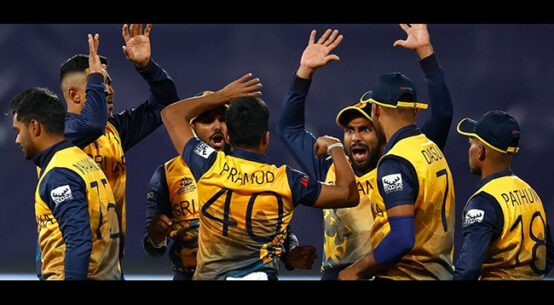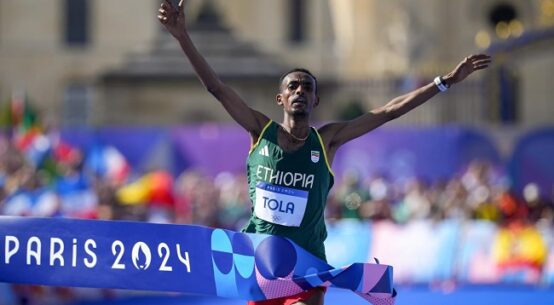
The Paris Olympics have been designed to showcase the City of Light in all its splendour, with many events set to take place at some of its most iconic locations.
AFP looks at five sites set to wow ticket-holders — and a global TV audience of billions — during the 17-day extravaganza starting on July 26:
The most famous of the Paris landmarks, the Eiffel Tower, will welcome one of the most popular Olympic events — beach volleyball.
The action will take place in a temporary venue near the foot of the the “Iron Lady”.
The Champs de Mars park at the foot of the tower will host judo and wrestling.
Reviled by Parisians when it was unveiled in 1889 for the World Fair by engineer Gustave Eiffel, the Eiffel Tower has since become the capital’s crown jewel.
Besides being one of the world’s top tourist attractions, pulling in seven million visitors a year, it is also a working telecoms tower, used for radio and TV transmissions.
Winners at the Paris Games will all go home with a small part of the iron colossus. Each medal will contain an 18g crumb of original iron, removed during various renovations, melted down and reforged.
Fencing and taekwondo battles will take place in the opulent setting of the Grand Palais art gallery, a glass-and-steel masterpiece created for the World Fair of 1900.
Its distinctive feature is its beautiful glass domed roof, the largest of its kind in Europe, which covers a cavernous exhibition space of 13,500 square metres.
During World War I, the Grand Palais put its art collection in storage and converted its galleries into a military hospital where soldiers were patched up before returning to the trenches.
In the 21st century, the airy nave has hosted giant installations commissioned from some of the world’s leading artists.
It has also been flooded to make the biggest ice rink in the world.
The vast paved square at the foot of the Champs-Elysees avenue, where heads rolled (literally) after the French Revolution, will serve as an urban sports hub.
Skateboarding, 3×3 basketball, BMX freestyle and in its first Games appearance, breakdancing, will all take place in the square which lies just across the Seine river from the Invalides war museum were Napoleon is buried.
The square’s harmonious name conceals a bloody past — King Louis XVI and his wife Marie-Antoinette were among hundreds of people who were guillotined there in 1793 during the Reign of Terror that followed the 1789 French Revolution.
The largest square in Paris is defined by its huge gold obelisk, one of a pair erected by Ramses II outside the temple in Luxor, which was gifted to Paris in 1830.
Dressage and showjumping will take place in the royal park of Versailles Palace, some 20 kilometres from Paris, which will also feature on the marathon circuit, and host the cross-country and pentathlon events.
Originally a hunting lodge, “Sun King” Louis XIV in the 17th century transformed Versailles into the home of French royalty, where he resided with around 10,000 staff — enough to fill a town.
The vast palace gardens include a mile-long canal that once hosted his extravagant parties, complete with sailing gondolas.
Since 1979 it has been a world heritage site and is also a firm favourite on the Paris tourist trail.
Not all events will be held in the capital.
Sailing contests will take place in the Mediterranean city of Marseille, France’s boisterous, big-hearted second city, which is better known as the home of Olympique Marseille football team.
Over 300 sailors from across the world will battle it out in the sapphire blue waters of the Mediterranean east of the city, where a new marina has been built on the Corniche coastal road — one of France’s most scenic drives.
It’s unlikely they’ll have Marseille’s mighty mistral wind in their sails, however — it usually blows in winter and spring.
Marseille, which will also host 10 football matches, was where the Olympic torch relay began in France on May 8.


